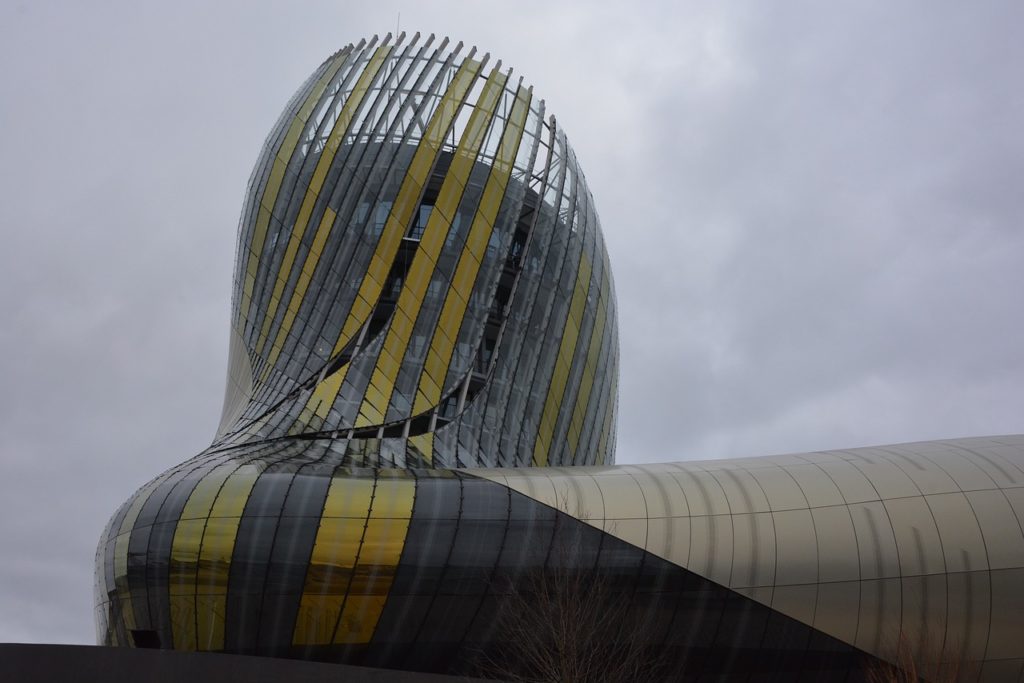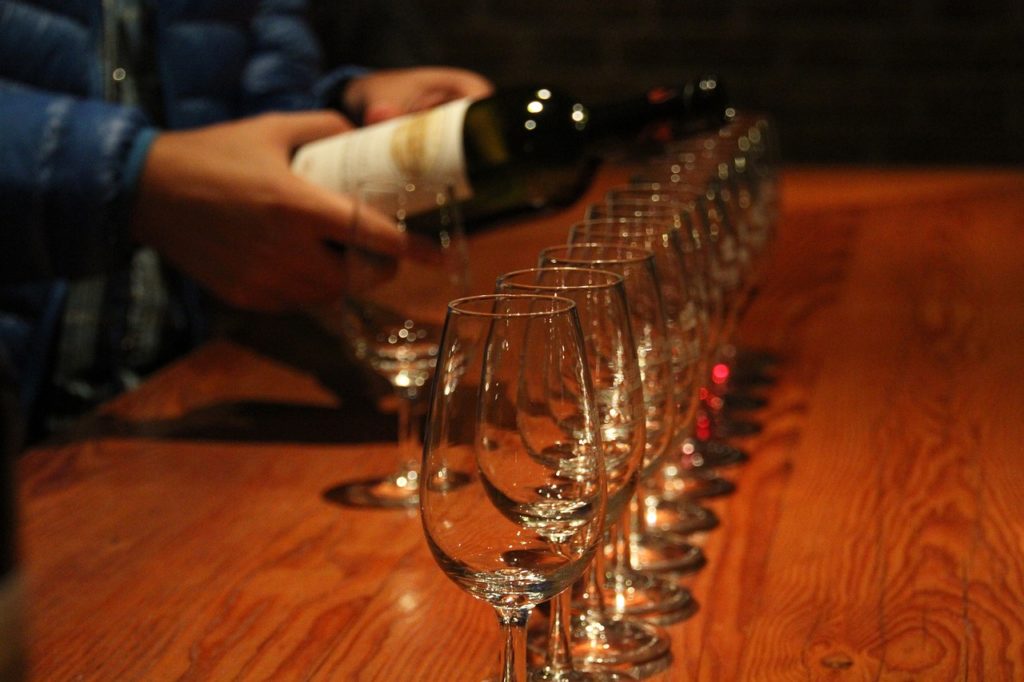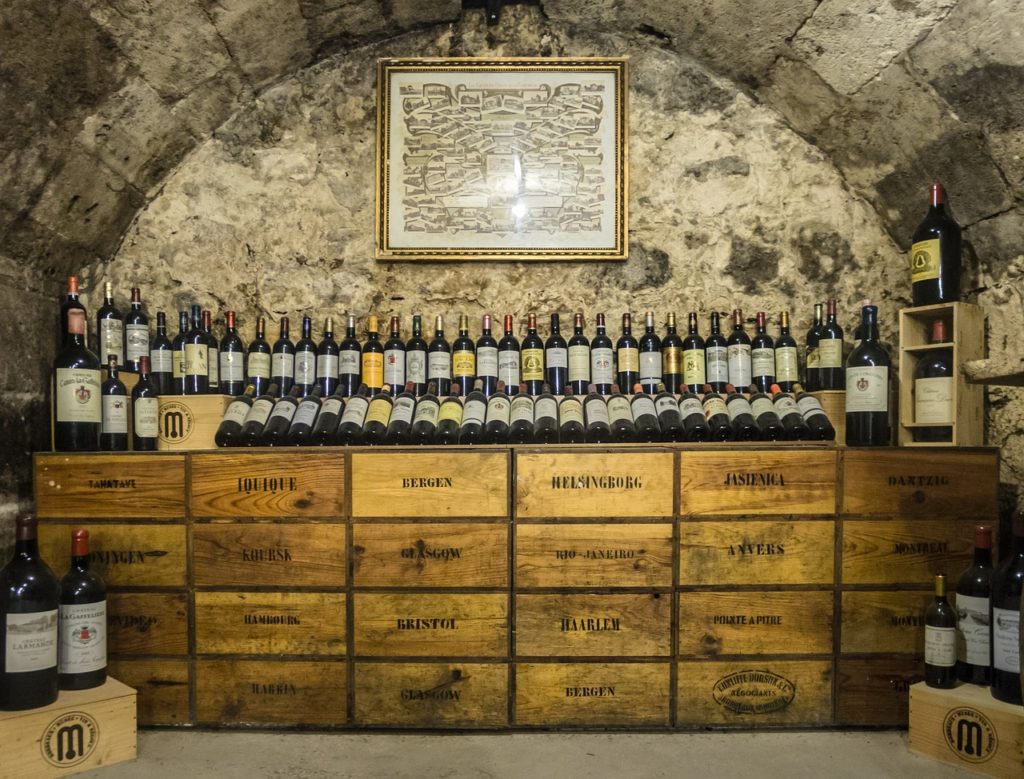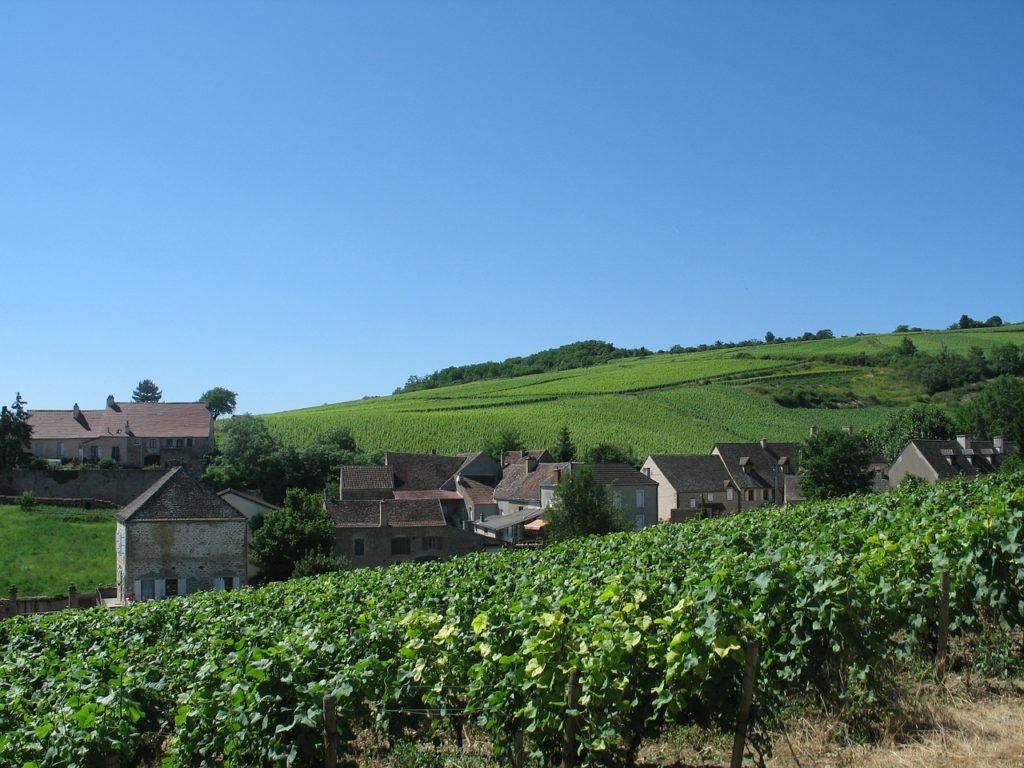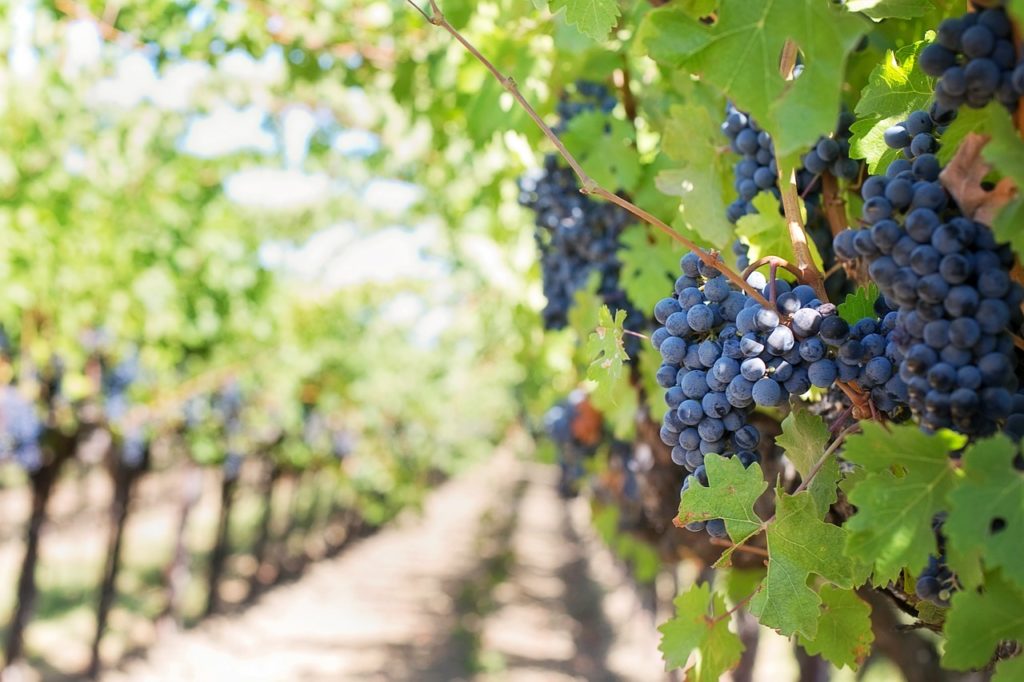The history dates back to the formative days when vines were planted for the first time by Romans in the Bordeaux region. In this article, we will take a look at different aspects of that region like winemaking, soil, contributions of Robert Parker, and much more.
Birth and Early Bordeaux Wine History
Romans were the first to plant vineyards after they conquered the area in approximately 60 BC. Their name for it was Burdigala. There are still a number of Roman ruins in the area. In the present day, whether you are on the Left Bank, the Right Bank or the Graves region, you will find ruins. The Romans were prolific builders and they built to last. The Palais Gallien amphitheater is in the best shape and the most complete of any of the ruins in Bourdeaux.
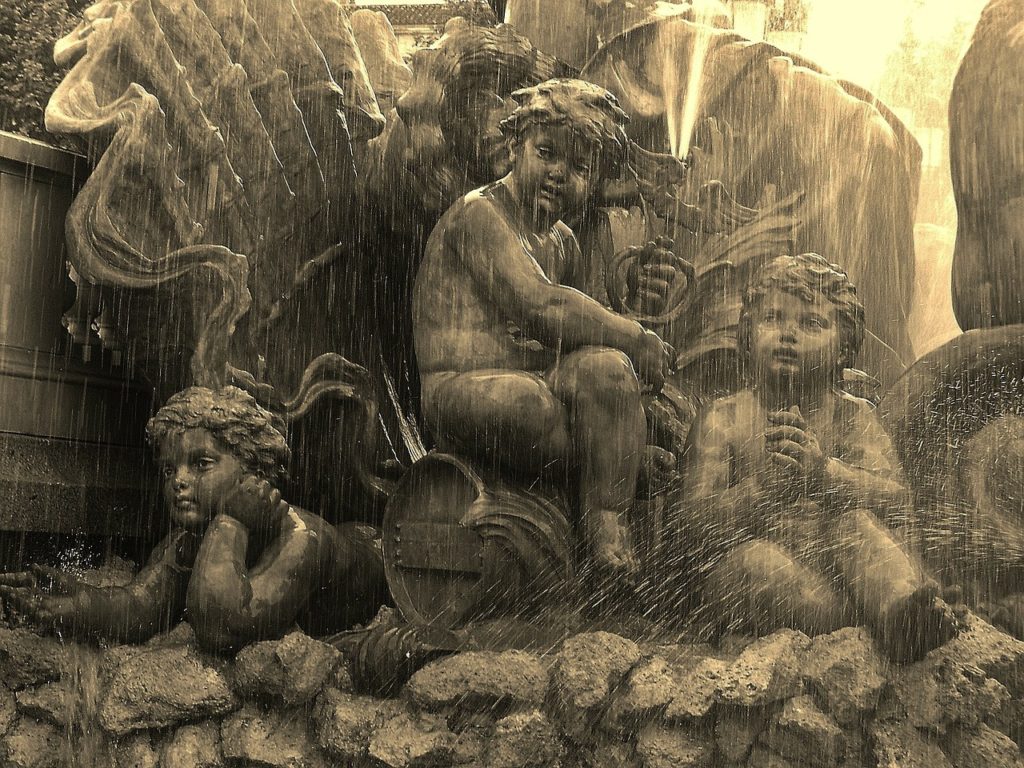
Bordeaux, or should we say Burdigala was already becoming well known as a wine producing region as early as the first century AD. The wine was distributed to citizens and Roman soldiers in Britain and Gaul. Amphorae fragments that mention the Bordeaux wine have been discovered in Pompeii. There are still Roman ruins that vineyards have been planted around throughout the St. Emilion region. The Bordeaux region was superb for cultivating grapevines for wine production because it offered a combination of the correct soils, marine climate and an easy way to transport wine through river transport by the Garonne and Dordogne rivers to the Roman territories.
The Garonne and Dordogne merge to form the Gironde which flows to the Atlantic. From there sial to the various Roman territories. Using boats was far more efficient because they could carry far more than a wagon and usually could go faster as well.
It is thought that the Romans brought the first vines from Spain, especially likely would be vines from the Rioja region.
Bordeaux & England in the Very Beginning
In 1152, Eleanor of Aquitaine of the Duchy of Aquitaine married the Henry Plantagenet who would later become the king of England known as Henry II. During the royal wedding ceremony, Bordeaux wine was served. Because of this marriage, the English king controlled more of France than the French king did. In fact, the English king, Richard the Lionhearted, son of Eleanor, could not speak English. He only spoke French and Latin. Late in the 1300s, Bordeaux was already a large city and had become the capital of Aquitaine; second after London.
The city had the second highest population of the cities under the British Monarchy. In 1302,England started toimportBordeaux wine purposely for the king’s pleasure from St Emilion. During that time there was no wine trade in Medoc. The superior quality of Bordeaux wine, royalty and England form the epicenter of the Bordeaux history. The king of France exempted taxes on the trade of wine to help its advancement.
Bordeaux & England Marriage
The marriage between the two (King Henry and Eleanor Aquitaine) resulted in Bordeaux being owned by England for more than 300 years. The end of the more than a hundred years of war (116 years precisely) in October 1453 had already seen the wine lovers in Britain discover the Bordeaux wine. Eleanor’s son Richard the Lionheart and King Henry the second had made the Bordeaux wine their daily beverage. The fact that Bordeaux wine was good enough for the king definitely meant it is good for the king’s royal officials. This saw Bordeaux wine sell publicly. Since then the trade of Bordeaux wine began to expand rapidly and taking the importance of trading with England to the next level. Twice every year hundreds of merchant ships from Britain sailed to Bordeaux to exchange different British products for wine.
